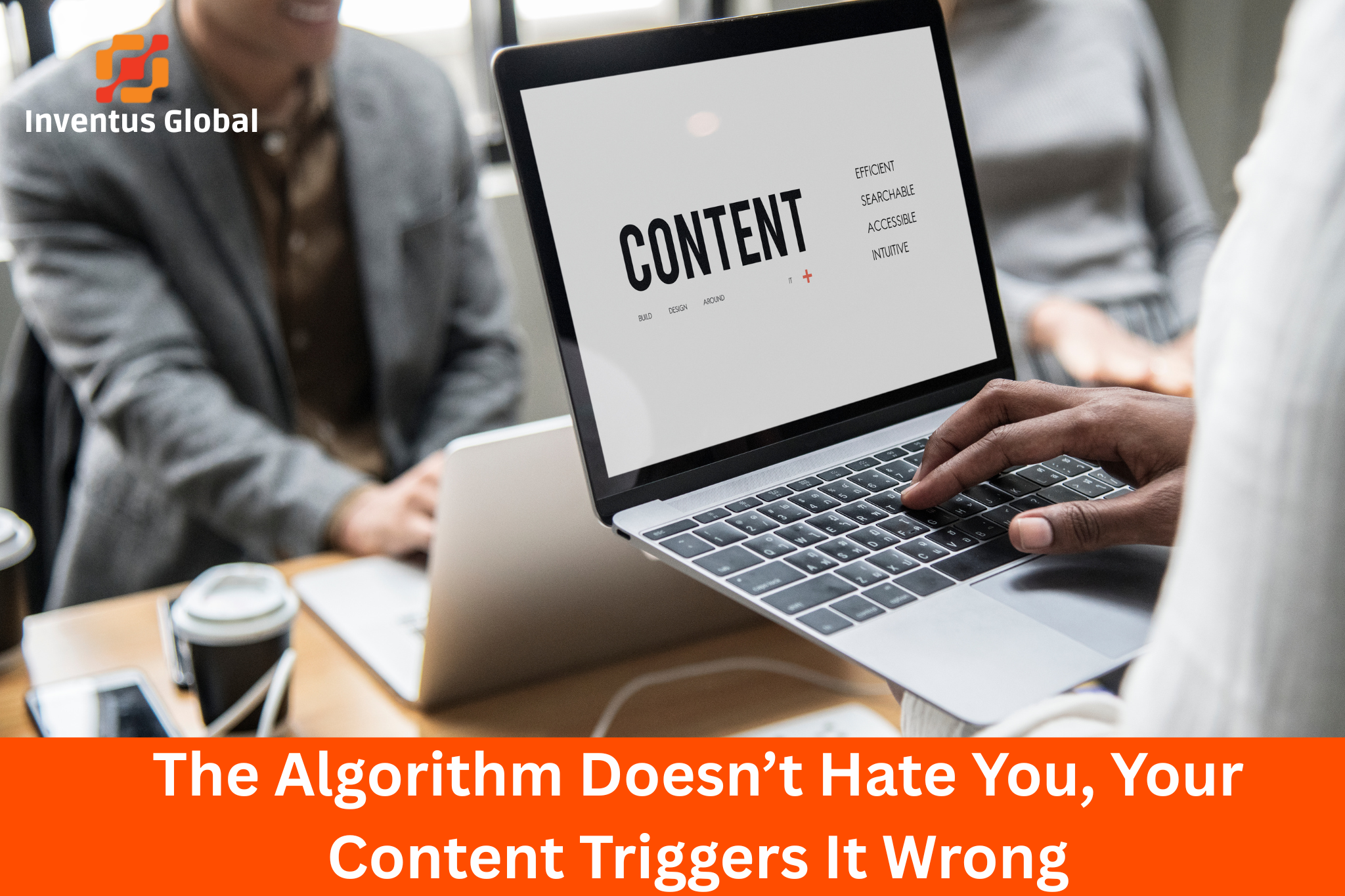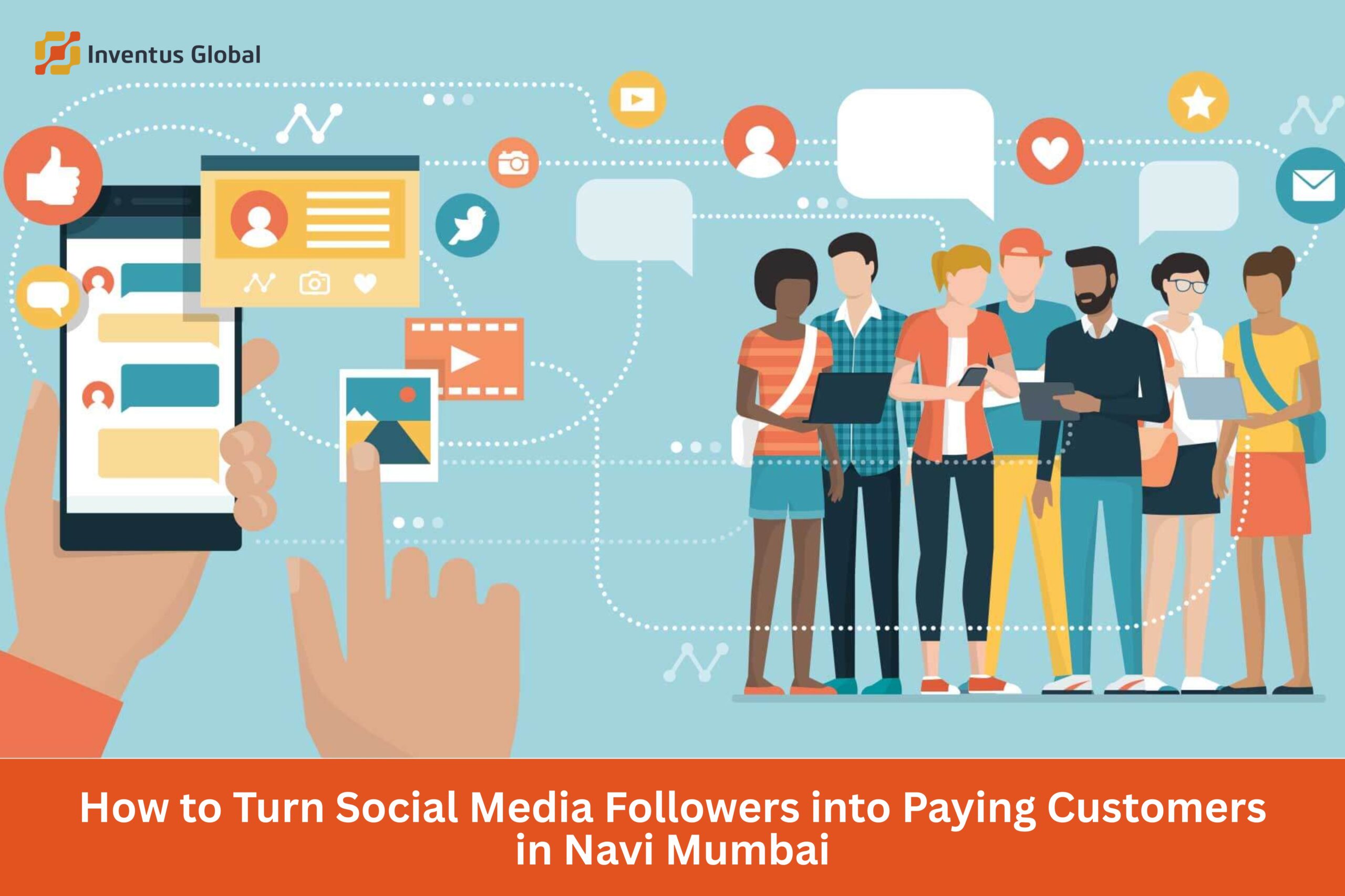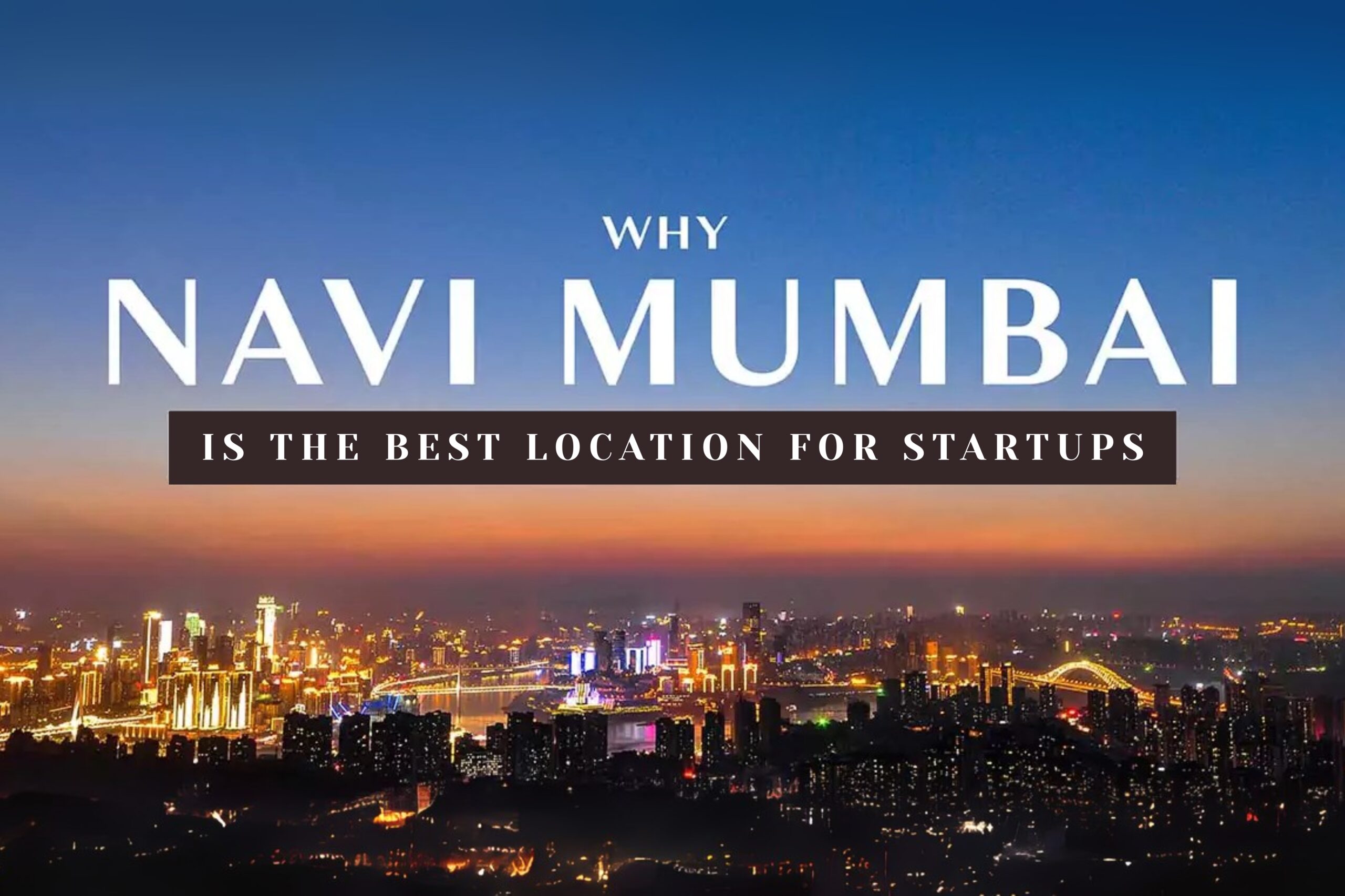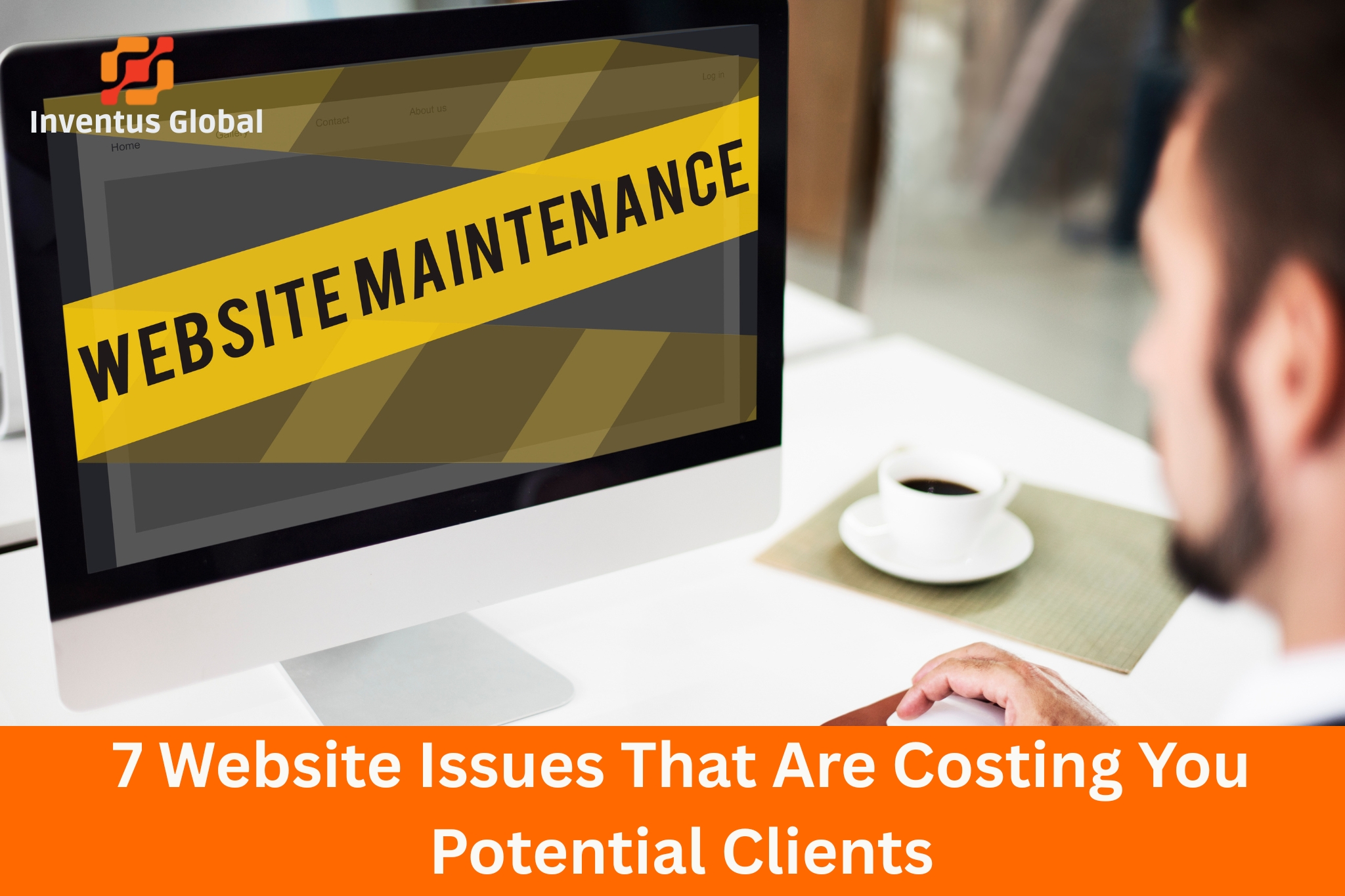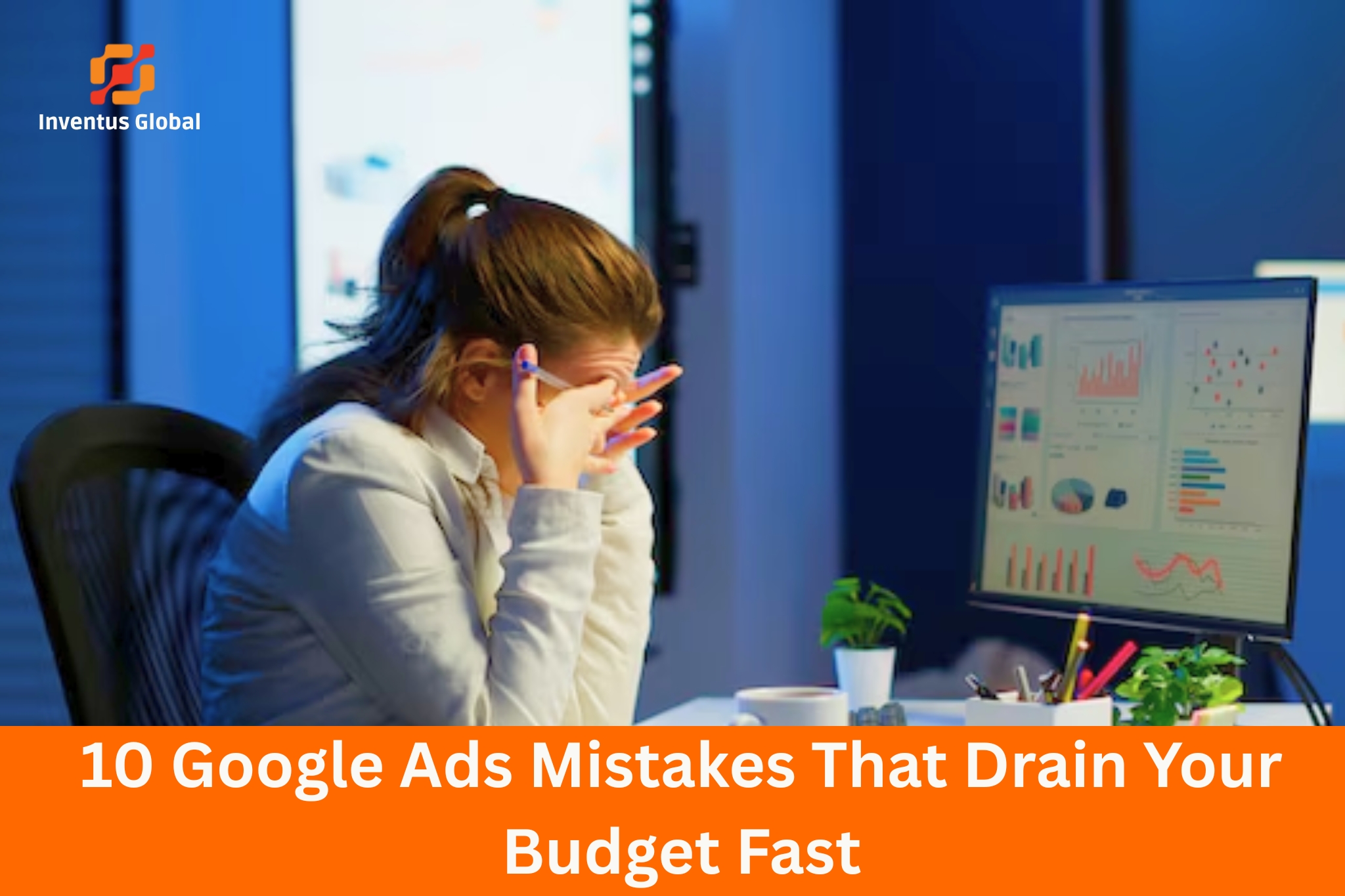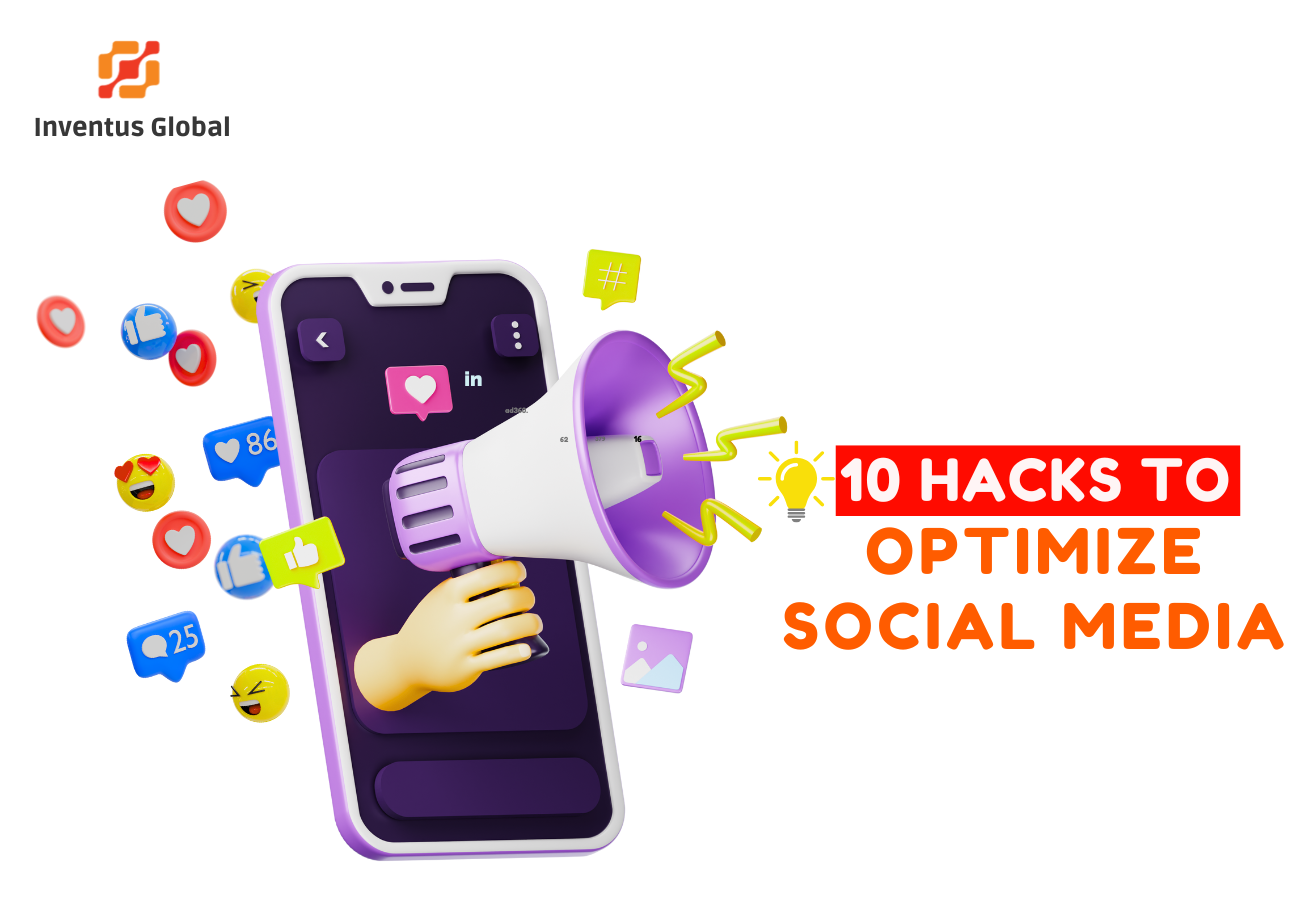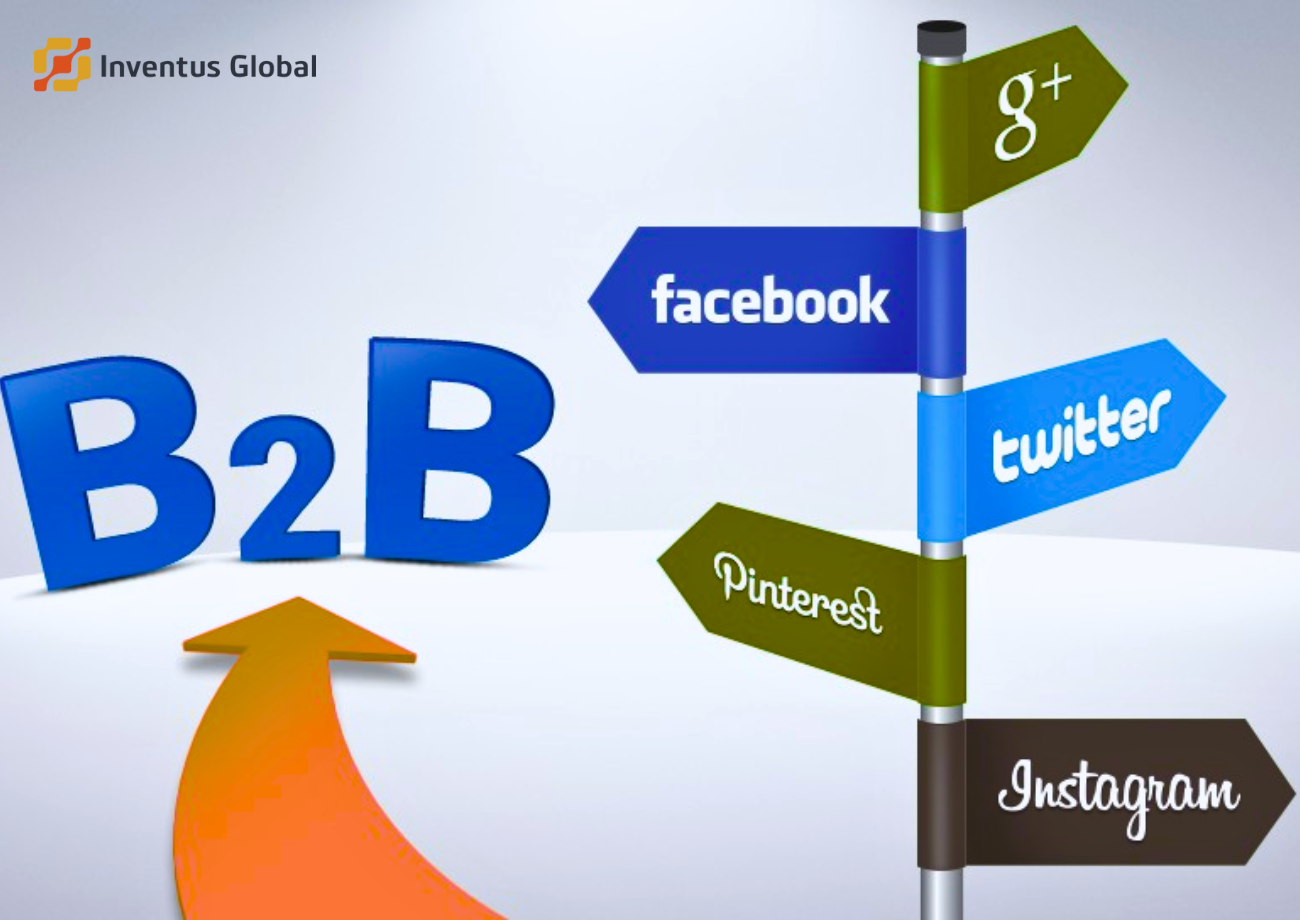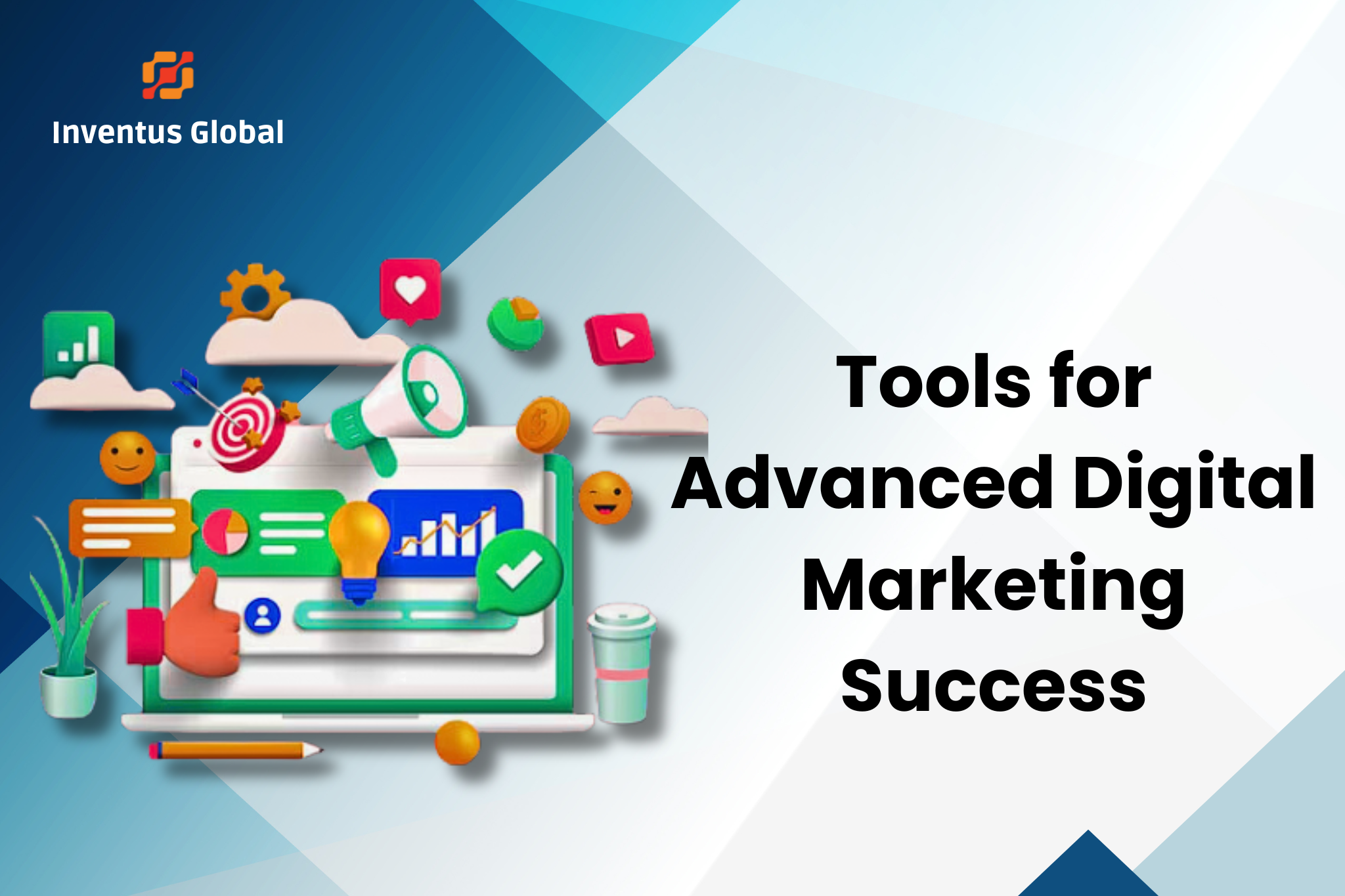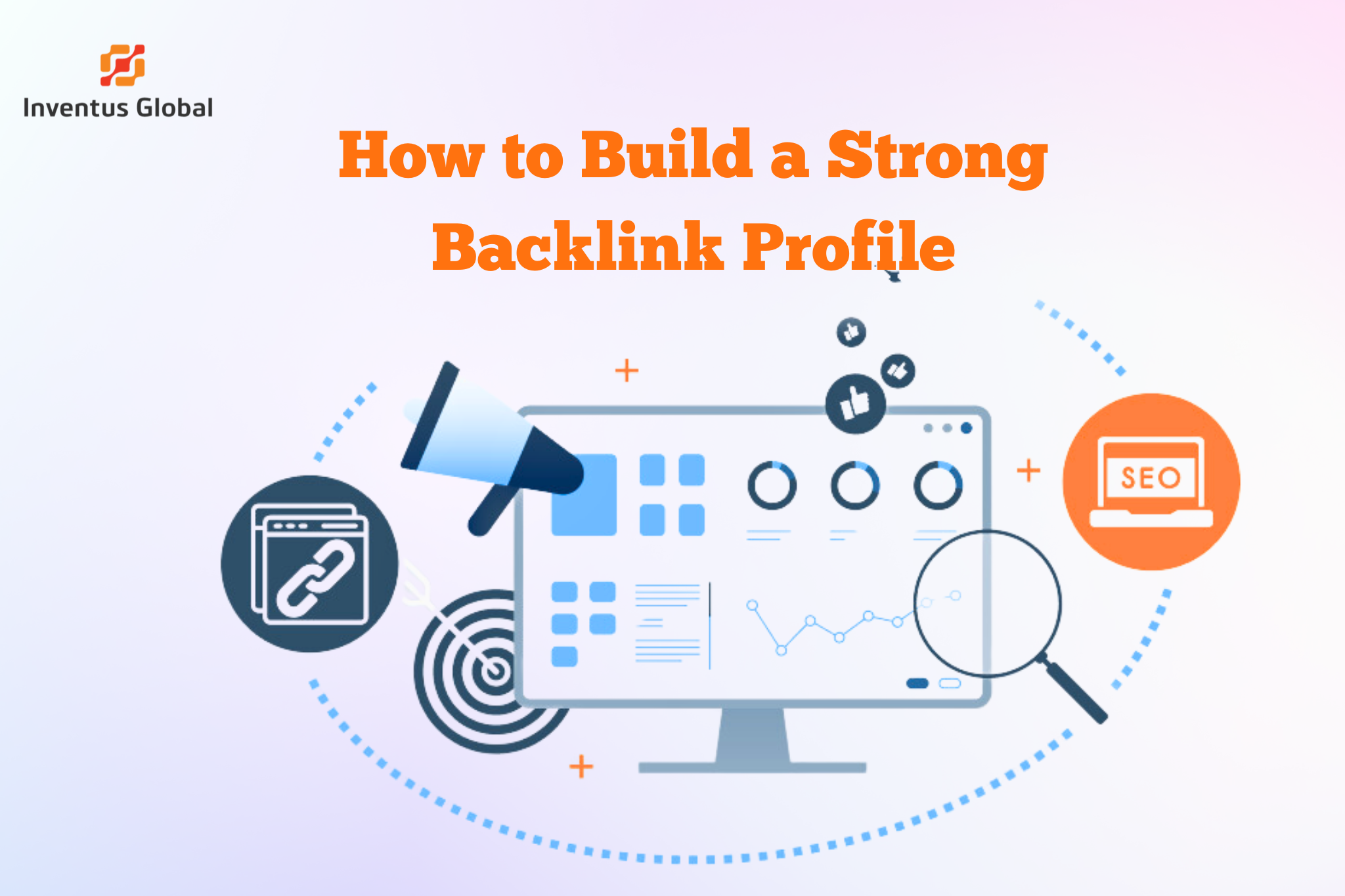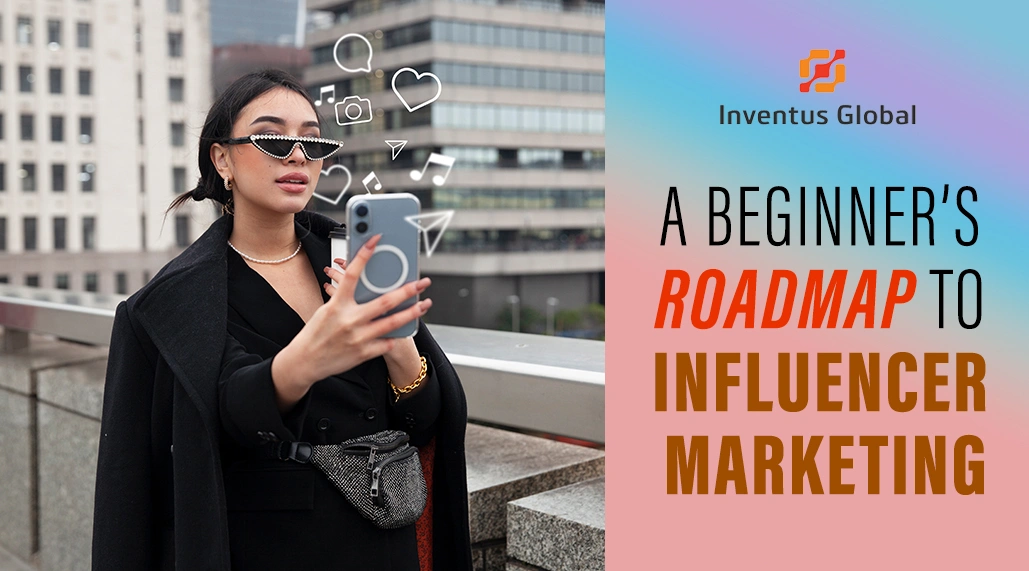Table of Contents
In the digital universe, creators and marketers often blame algorithms for poor content reach. You might hear statements like, “The algorithm hates me,” or “My posts never show up anymore.” But here’s the truth: the Algorithm Doesnt Hate You Your Content Triggers It Wrong. And at Inventus Global, we’ve seen this pattern emerge across various platforms for countless clients.
The frustration is real, especially when your hard work gets buried under a flood of competing content. But this isn’t algorithmic sabotage. It’s a mismatch between how you present content and what algorithms prioritize. Instead of fighting the system, it’s time to work with it.
To understand why your posts may not perform well, we need to go beyond assumptions and look into how content triggers algorithmic responses. Whether you’re managing social media marketing platforms, experimenting with Pinterest affiliate marketing, or offering social media management service, the underlying problem is often the same: your content doesn’t align with the algorithm’s ranking signals.

1. Content Without a Clear Engagement Path
Algorithms favour engagement: likes, shares, comments, saves, and even the duration users spend on your content. But many brands still post with no intent to provoke any interaction. If your content fails to make users respond, algorithms see it as irrelevant.
In many cases, businesses post inspirational quotes, announcements, or heavily promotional material that lacks a hook. Audiences today want to be spoken with, not spoken at. And when your captions read like a sales pitch or your graphics offer no value, engagement plummets.
The solution lies in shifting from a broadcast mindset to a conversation-driven one. Adding interactive features like polls, sliders, and inviting questions in your captions encourages more clicks and reactions. It helps signal to the algorithm that your post is worth pushing into more feeds. A skilled social media specialist or Instagram marketing agency can help you map these engagement points across your strategy.

2. Ignoring Platform-Specific Behavior
Each platform has its own behavior matrix. Pinterest affiliate marketing content may thrive when it’s evergreen, highly visual, and keyword-optimized for long-term search. On the other hand, SMM Instagram thrives on trends, fast-paced content, and visual storytelling.
A common error made by brands is to post identical content on multiple channels. This might seem efficient, but it undermines each algorithm’s preferences. For instance, a vertical reel that performs well on Instagram might look awkward on Pinterest or Facebook without formatting adjustments.
Optimizing your visuals and copy based on platform requirements makes a measurable difference. It pays to understand each channel’s pace, audience behavior, and discovery engine. Tools like Buffer social media management allow marketers to adjust captions, images, and scheduling for each individual network, improving both engagement and visibility.
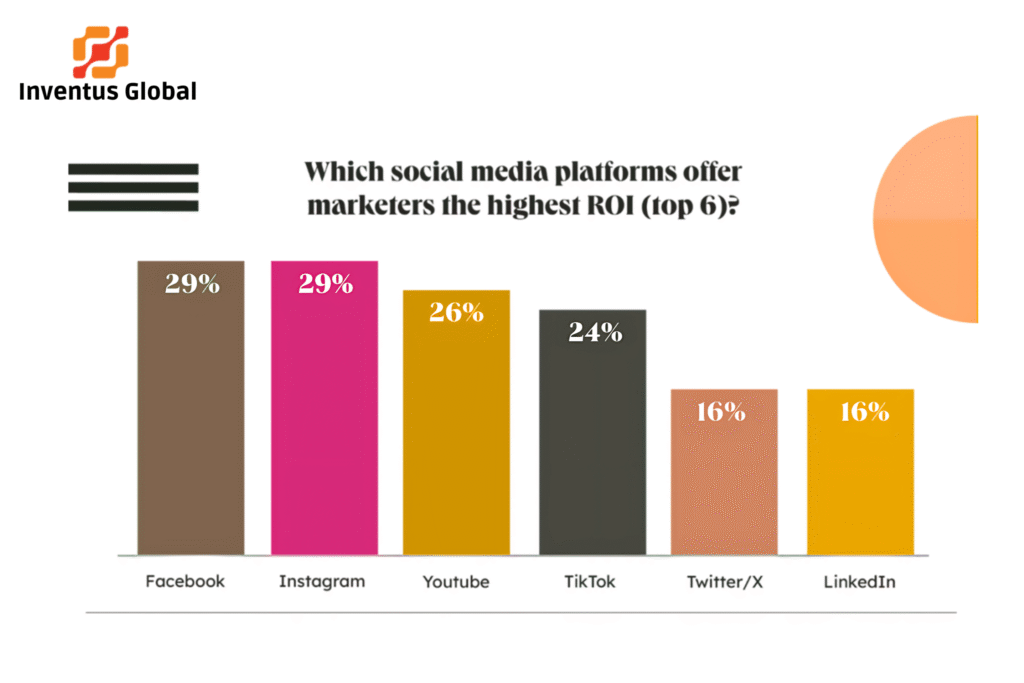
3. Failing to Leverage Influencer Behavior
Many creators mistakenly believe that influencers succeed only because of their popularity. But if you study successful influencers, you’ll notice they have mastered timing, formatting, and audience engagement in a way that triggers algorithms positively.
These creators know when to post, which trending audio to use, and how to structure a narrative within 15 seconds. It is planning, not luck, that has led to their success.
Brands can take a cue from this by incorporating social media influencer marketing tactics into their campaigns. Whether it’s partnering with influencers for reels or simply mirroring their content rhythms, the learning potential is immense. As part of your social media marketing campaign, plan influencer collaboration with co-created content and dual promotions.
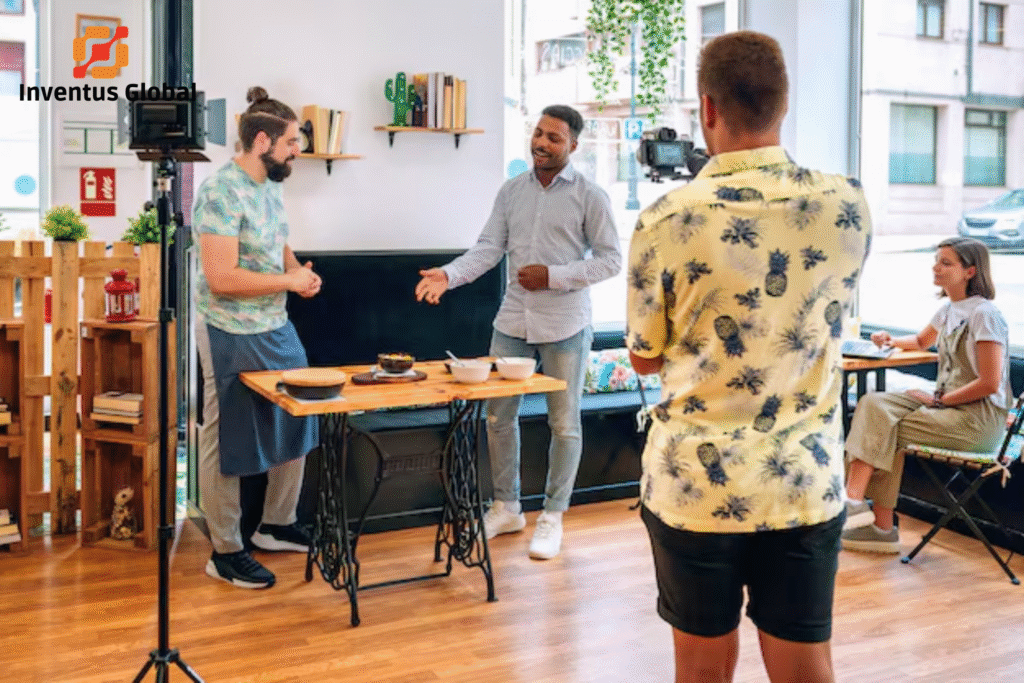
4. Underestimating Hashtags and Metadata
Behind every image or video, there’s a layer of data telling the algorithm what your content is about. Metadata, including hashtags and keywords, plays a crucial role in helping your posts get discovered.
Unfortunately, many users still use irrelevant hashtags or recycle the same batch for every post. Even worse, some people utilize out-of-date or prohibited hashtags, which reduce exposure.
Strategic use of hashtags, particularly those informed by social media marketing analytics, ensures that your content appears in the right feeds. Combine this with optimized captions and alt-texts to elevate your social media SEO. Agencies like Inventus Global pay special attention to this often-overlooked backend setup to maximize reach.
5. Inconsistent Branding = Weak Recognition
Not only does inconsistent branding confuse consumers, but it also signals to algorithms that your content is inconsistent.
The problem arises when every post looks like it belongs to a different brand – colors change, tones shift, and visuals vary. Algorithms tend to favour content that contributes to a recognizable digital presence.
By maintaining consistency in typography, color palettes, and messaging, you make it easier for both users and algorithms to understand who you are. Strong branding becomes a content signature. If you’re using SMM services, ensure your agency builds reusable templates and content banks to maintain visual integrity across campaigns.

6. Repetitive Content Types Without Innovation
When your content format lacks variety, it leads to algorithm fatigue. If your feed looks identical post after post, even your loyal followers will start ignoring it.
Instead of repeating the same carousel or reel format endlessly, try experimenting with different styles – for example, combining user-generated content, animation, testimonials, and even behind-the-scenes footage. New formats often trigger curiosity and re-engagement, which can wake the algorithm up to your presence.
A comprehensive social media marketing campaign includes a mix of formats designed to keep both the audience and algorithm interested. Use A/B testing to track which formats perform best using social media marketing analytics. Even a simple swap – like turning a static post into a video—can yield a performance boost.
7. Not Prioritizing Community Interaction
While content is king, community is the kingdom. The algorithm closely monitors how you interact with your audience – not just how often you post.
When comments go unanswered or story replies are ignored, it signals to the platform that your page isn’t fostering community. This results in reduced priority in content ranking.
Brands that invest in nurturing interactions through replies, reposts, and shoutouts experience better long-term growth. Centralized tools offered through social media management service platforms can help manage replies and build a deeper connection. Over time, this strengthens the social media growth signal that algorithms track.
8. No Cross-Platform Optimization
Working only on Instagram or Pinterest without integrating the other platforms means missing out on valuable ecosystem synergy. The algorithm doesn’t just reward internal engagement – it also recognizes when your content drives inbound traffic from other sources.
By building strategies that span across networks, you tap into a larger web of visibility. You can adapt a high-performing Instagram reel for Facebook Stories or even pin it with a fresh title for Pinterest affiliate marketing. These strategic adaptations lead to increased impressions, especially when paired with efforts to increase Facebook followers.
Scheduling tools like Buffer social media management simplify the repurposing process. They ensure that every version of your content respects the platform’s format and user behavior.
Conclusion
The algorithm isn’t your enemy – it’s simply responding to the signals your content sends. The moment you shift from blaming it to learning how to work with it, your results change.
Start with these actionable fixes and partner with a trusted agency like Inventus Global that understands both content psychology and algorithm behavior. Whether you’re into Pinterest affiliate marketing, looking to increase Facebook followers, or need full-stack social media management service, aligning your strategy with algorithmic signals is the game changer.
Let your content do what it’s meant to: connect, convert, and be seen.
FAQs
1. What is the fastest way to improve engagement across social media marketing platforms?
Start by enhancing CTA strategy, using mixed content formats, and analyzing past performance with social media marketing analytics.
2. Can social media SEO really make a difference in reach?
Absolutely. Just like web SEO, using relevant keywords in captions and metadata helps boost content discoverability.
3. How do I choose the right SMM services for my business?
Look for agencies that offer multi-platform strategy, creative support, and use tools like Buffer social media management.
4. What’s the role of influencers in social media marketing campaigns?
They help brands tap into new audiences faster by lending credibility and reach through social media influencer marketing
5. How often should I audit and optimize my content strategy?
Every 30 to 45 days. Review your KPIs frequently and make use of the insights from social media marketing analytics.

